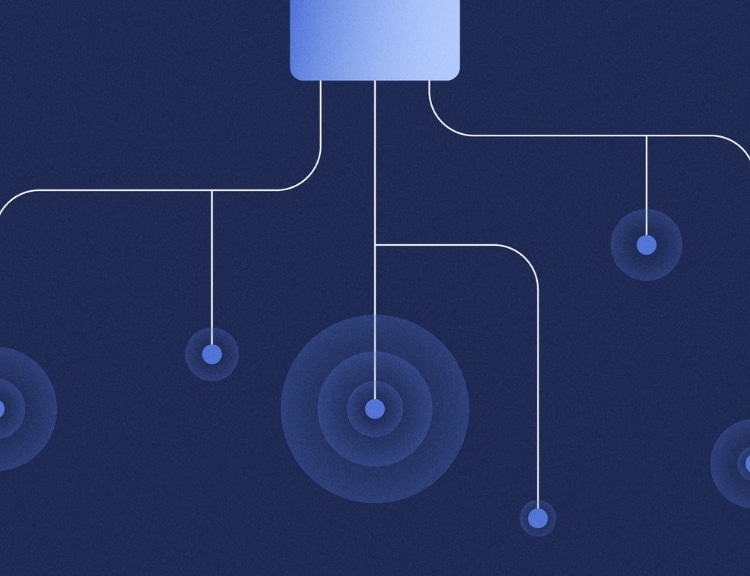BlueConduit recently launched LeadOut Map, the first and only educational tool that provides the most complete picture of lead in drinking water, including predictions of where lead pipes may lie. With the launch of LeadOut, we’re taking a moment to reflect on BlueConduit’s history – how a group of data scientists became experts at, and leaders in, the use of AI and predictive analytics for water system decision making and planning.
In 2016, before BlueConduit, there was a small student research group at the University of Michigan, led by Professor Jake Abernethy (co-founder). This multidisciplinary group, which included Professor Eric Schwartz (co-founder) and Jared Webb (Chief Data Scientist), was at the innovative edge of a new field: applying AI and academic predictive modeling algorithms to real world challenges.
As the group was looking for a meaningful project, Professor Abernethy got a call from a colleague who thought the research group might be a perfect partner to Google.org in Flint, Michigan. Google.org was looking for a partner to explore opportunities to use AI to support during the Flint water crisis, with a focus on water quality data.
How did the research group move from water quality to service line material identification?
After multiple meetings with Flint stakeholders and initial data analysis, a different opportunity caught their eye. Professors Abernethy and Schwartz noticed a data column labeled “SL” and started asking: “what is this? what does this mean?” And they were told, we don’t actually know the material type for most of the service lines.
Rather than staying focused on the water quality data, this innovative group of data scientists recognized a more meaningful opportunity: applying AI and academic predictive modeling algorithms to identify unknown service line materials.
As Professor Schwartz put it, “There were actual pipes underground that were causing [lead crisis in Flint] and the city didn’t know where they were.”
This work led to the first ever use of AI to identify underground lead service lines and created an entirely new set of best practices process around applied AI for service line material identification and improved public health outcomes.
What does this work look like today?
This was also a career-defining project for many involved in the original research group. Professors Abernethy and Schwartz went on to found BlueConduit, while continuing to work as a professor at the University of Michigan and an applied AI researcher at Google, respectively. Jared Webb continued working on applied AI for public health and is BlueConduit’s Chief Data Scientist and R&D leader.
To learn more about our work and how AI can help your water system identify your unknown service line materials, schedule a conversation here.
Want to learn about our newest product offering, Water Main Predictions? Reach out to our expert team today.





